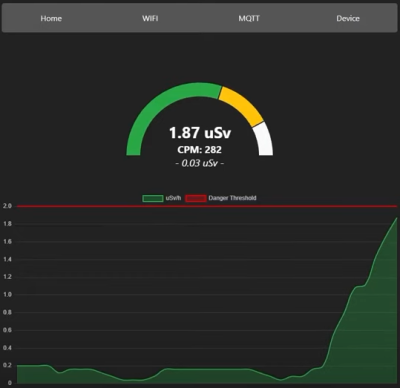Beyond bothering large language models (LLMs) with funny questions, there’s the general idea that they can act as supporting tools. Theoretically they should be able to assist with parsing and summarizing documents, while answering questions about e.g. electronic design. To test this assumption, [Duncan Haldane] employed three of the more highly praised LLMs to assist with circuit board design. These LLMs were GPT-4o (OpenAI), Claude 3 Opus (Anthropic) and Gemini 1.5 (Google).
The tasks ranged from ‘stupid questions’, like asking the delay per unit length of a trace on a PCB, to finding parts for a design, to designing an entire circuit. Of these tasks, only the ‘parsing datasheets’ task could be considered to be successful. This involved uploading the datasheet for a component (nRF5340) and asking the LLM to make a symbol and footprint, in this case for the text-centric JITX format but KiCad/Altium should be possible too. This did require a few passes, as there were glitches and omissions in the generated footprint.
When it came to picking components for a design, it’s clear that you’re out of luck here unless you’re trying to create a design that a million others have made before you in exactly the same way. This problem got worse when trying to design a circuit and ultimately spit out a netlist, with the best LLM (Claude 3 Opus) giving nonsensical suggestions for filter designs and mucking up even basic amplifier designs, including by sticking decoupling capacitors and random resistors just about everywhere.
Effectively, as a text searching tool it would seem that LLMs can have some use for engineers who are tired of digging through yet another few hundred pages of poorly formatted and non-indexed PDF datasheets, but you still need to be on your toes with every step of the way, as the output from the LLM will all too often be slightly to hilariously wrong.













